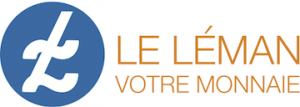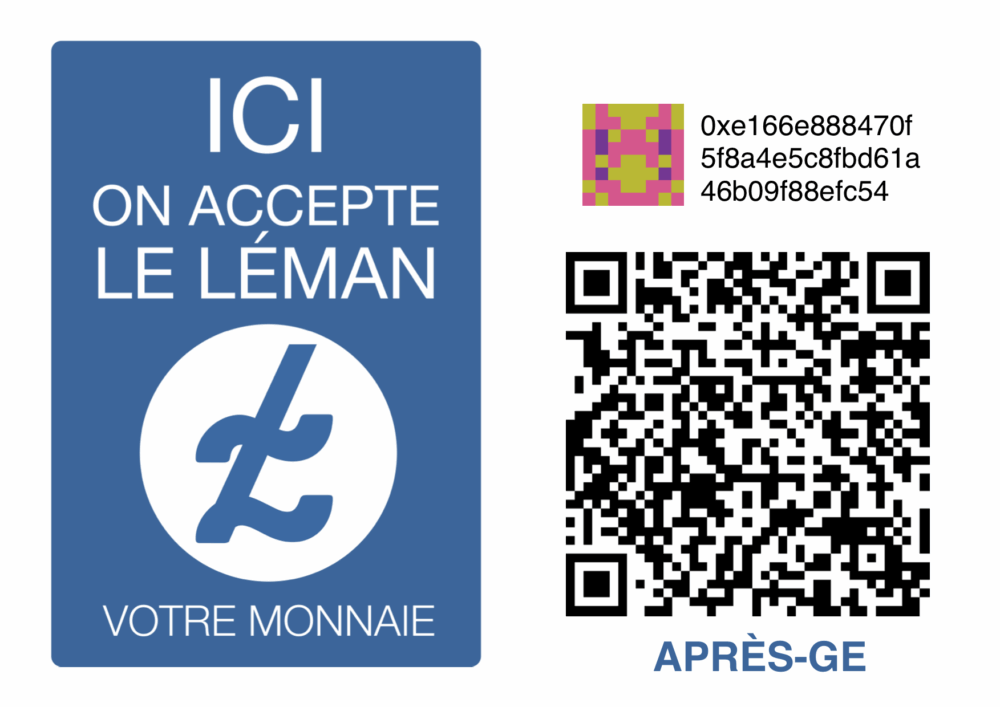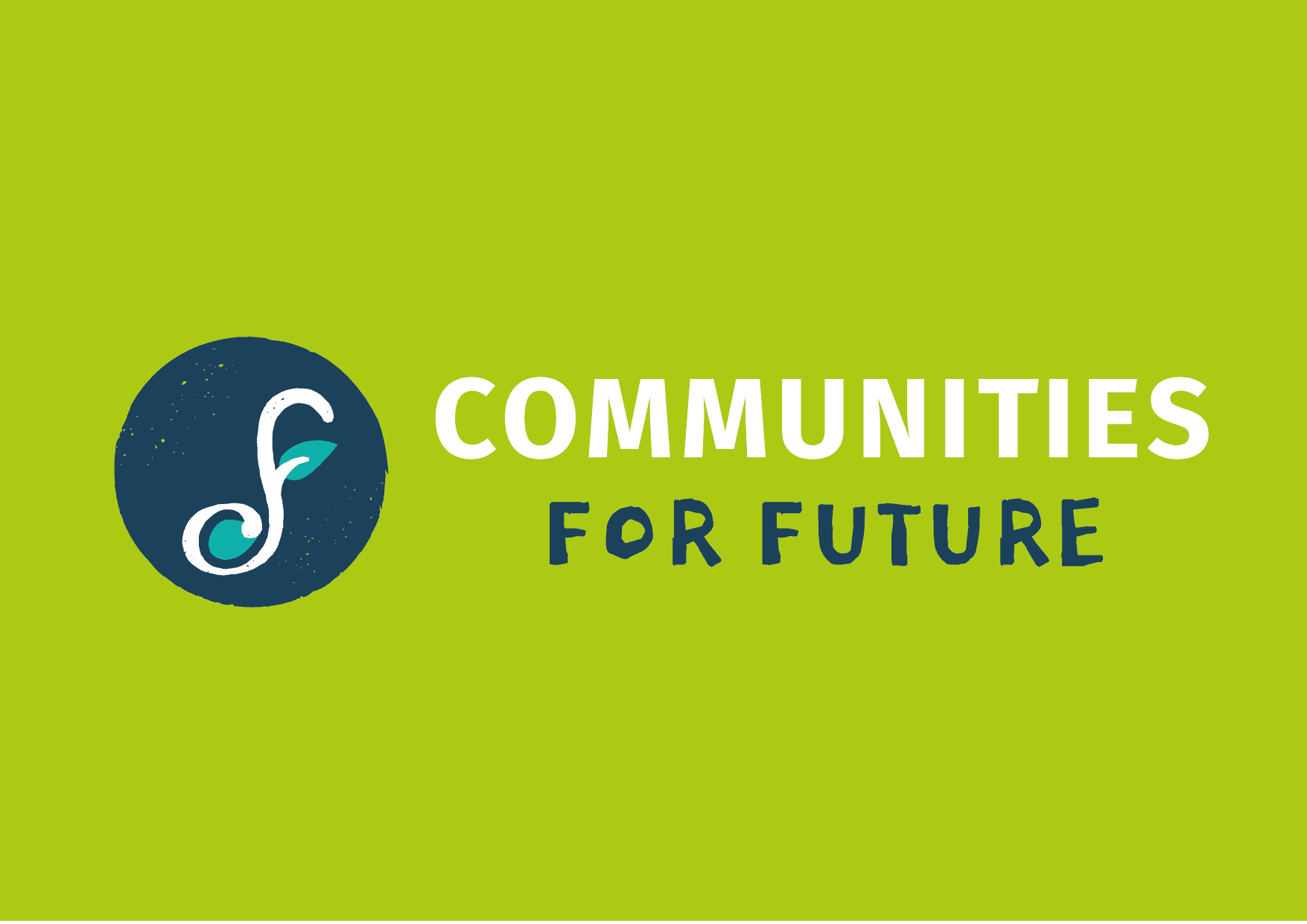
If additional local currencies were already circulating in the 1930s in Europe and then in the years 1980-1990 in the Americas, it is undeniable that they are experiencing a renewed interest around the world, both as regards the effervescence of popular support and potentially for technological and economic development.
The Geneva’s currency « The Léman » was born in 2015 in Lake Geneva´s region (around Geneva) and has a lot of features. This is a cross-border currency, based on a living environment rather than administrative boundaries; it aims to combine a wealthy paper currency (80,000 Lémans which today are circulating around 300 professionals) and digital money in a mutual credit system (currently under construction, to make available on a rate 0 based credit for members and relaying on multilateral debt).
The Léman (Geneva’s currency), in collaboration with the World Democratic Forum (WDF), is working on the development of the local currencies trans-local dimension. This scalar change is crucial because it helps to give local movements a common identity, and prevents projects from any autarkic temptation. International meetings such as the CIVICUS International Civil Society Week (May 2016 in Bogota) or the World Social Forum (August 2016 in Montreal) allowed Léman and the World Democratic Forum (WDF) teams to meet national networks such as the French SOL Network (Réseau SOL), the Transition Town in England or the Sardex in Italy, and help build national networks as has been the Colombia and Canada’s case.
The team of the World Democratic Forum, supporting this international momentum, works under the direction of Jean Rossiaud, for a wikipedia platform. The aim is to have an in-depth discussion about this platform on the occasion of the International conference on social and complementary currencies which will be held in Barcelona from 10 to 14 May 2017. Such a tool is indeed essential, in particular to coordinate the best technological developments in open source, exchange and advise on the different national legal and administrative systems, and as a benefit for new projects experience (governance, stages, etc.) and already operational materials.
If the development of complementary local currencies is done at a neighbourhood level, a living area, a continent or the world, it must be in close collaboration with the Social and Solidarity Economy (SSE) chambers and its networks. The Conference “Local currencies from here and elsewhere: the currency as cément of the future local economy,” (« Monnaies locales d’ici et d’ailleurs : La monnaie comme ciment de l’économie locale de demain ») given on Friday, 23rd September in Geneva, in the presence of the Presidents of Swiss SSE Chambers, Carole Zgraggen (AFTER-Geneva) and Dominique Roten (AFTER – Vaud), and the RIPESS General Delegate, Jason Nardi, supported the need and relevance of a common union. ESS networks are the natural economic territory for the launch of a local currency, as they reflect a vision of social and environmental practices that must develop the local currency. Meanwhile, on one hand local currency is a powerful tool for the development of intra-SSE economic interactions, but also beyond that rather modest network, they are raising local players awareness for their values and integrating them gradually to this dynamic. Thus, Social Solidarity Economy and Local Currency are doomed to be mutually reinforcing to enable the consolidation and development of tomorrow’s economy, marginalizing gradually from yesterday.
Antonin Calderon
Léman´s Currency General Secretary












